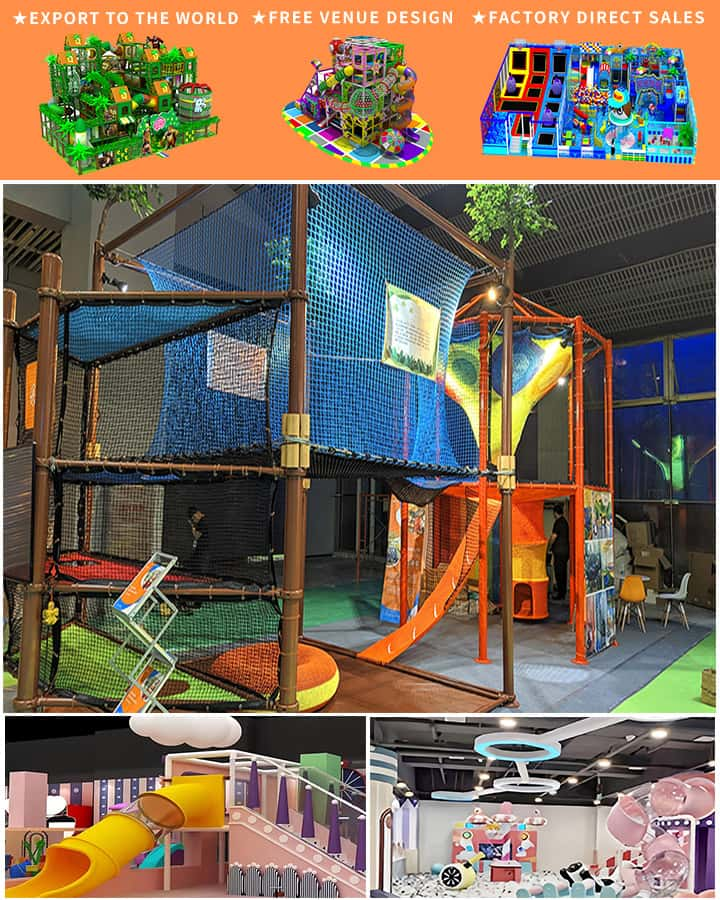Finding the perfect kids’ play area can make a world of difference for both children and parents. A well-designed, engaging, and safe play environment offers numerous benefits, from fostering physical activity to encouraging imaginative play. If you’re on a quest to locate an ideal playground nearby, here are some tips and features to keep an eye out for.
Benefits of Kids’ Play Areas
Physical Development: Play areas are crucial for developing motor skills. Climbing structures, slides, and swings help improve balance, coordination, and muscle strength. Look for equipment that challenges kids in various ways, promoting overall physical development.
Social Interaction: Playgrounds offer excellent opportunities for children to socialize with peers. Interactive play structures like seesaws or group swings encourage teamwork and communication, helping kids develop essential social skills.
Mental Growth: Engaging in imaginative play is vital for cognitive development. Play areas equipped with sandboxes, pretend shops, or musical instruments stimulate creativity and problem-solving abilities.
Emotional Well-being: Regular visits to a play area can significantly boost a child’s mood and reduce stress. Outdoor play also provides a break from screen time, contributing to better mental health.
How to Find a Great Kids’ Play Area Near You
Local Parks Department: Your city’s parks department is a great starting point. They often maintain detailed listings of local parks and playgrounds, complete with maps, amenities, and safety information.
Community Boards and Websites: Online platforms like Nextdoor or community Facebook groups can be invaluable resources. Local parents often share their favorite spots and tips about lesser-known but fantastic play areas.
School Districts: School grounds frequently have well-maintained play areas that are open to the public during off-hours. Check with your local school district for access details.
Review Sites and Apps: Platforms like Yelp or Google Reviews feature user feedback on local attractions, including play areas. Apps dedicated to family activities can offer curated lists and reviews as well.

Features to Look For in a Play Area
Safety First: Ensure the area meets safety standards. This includes soft surfaces (like rubber mats or wood chips), secure equipment, and proper maintenance. Check for any sharp edges, gaps where small hands could get trapped, or rusty metal parts.
Variety of Equipment: A good play area should cater to various age groups with equipment like swings, slides, climbing frames, and spinner bowls. This ensures kids of different ages can find something they enjoy.
Accessibility: The play area should be easily accessible, with ample seating for parents and caregivers. It’s also beneficial if there are restroom facilities, drinking fountains, and shaded areas for breaks.
Engaging Elements: Interactive elements such as water features, musical instruments, or themed play structures enhance the experience and keep kids entertained longer.
Surroundings: Ideally, the play area should be situated within a larger park or green space, offering additional activities like walking paths, picnic areas, or sports facilities.
Popular Activities at Kids’ Play Areas
Climbing and Sliding: These classic activities are not only fun but also build confidence and physical strength.
Swinging: Swings offer exhilarating experiences and help develop balance and core muscles.
Sandplay: Sandboxes allow for creative construction games and sensory exploration, improving fine motor skills.
Imaginative Play: Pretend play areas, like mini kitchens or puppet stages, inspire storytelling and role-playing adventures.
In conclusion, finding the right kids’ play area near you involves a bit of research but is well worth the effort. With numerous options available, you’re sure to discover a spot where your children can learn, grow, and most importantly, have fun! Happy exploring!




